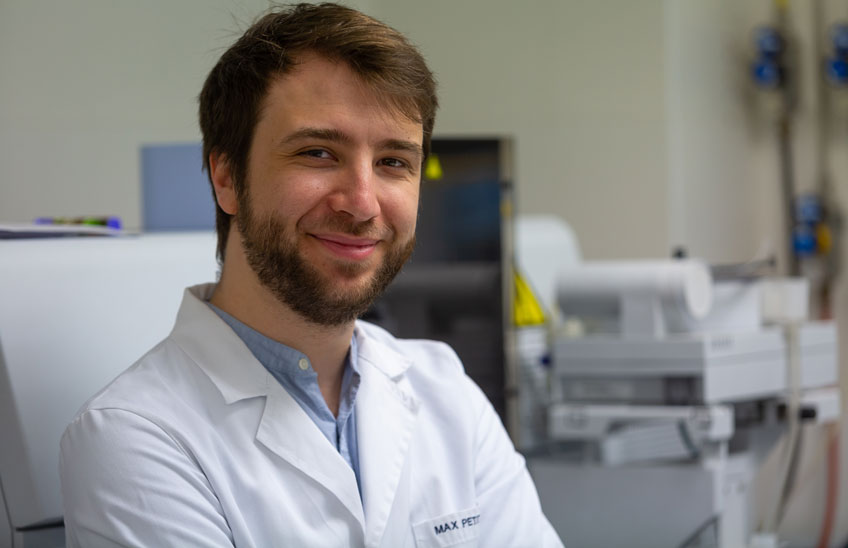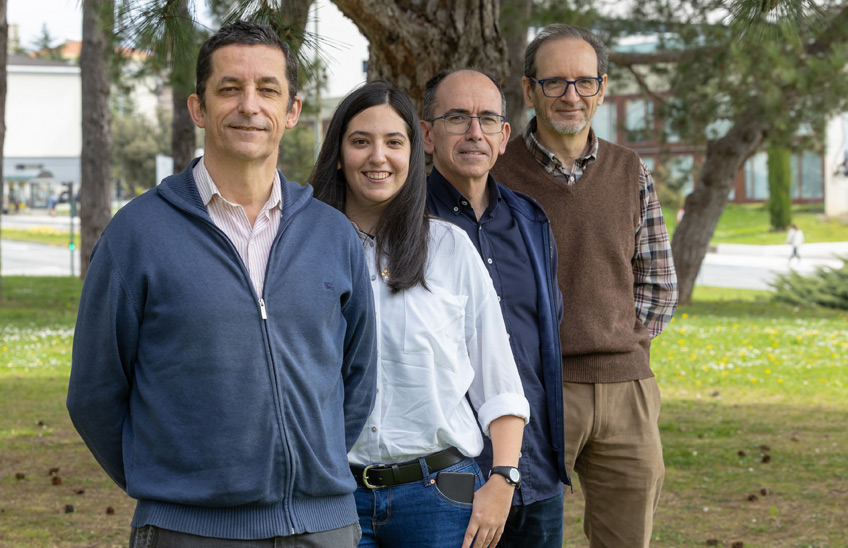Production of new sustainable materials for everyday life
A research from the University proposes new biodegradable materials that can be used in the environmental, food, pharmaceutical and medical industries.

FotoManuel Castells<br>/Max Petitjean
17 | 06 | 2022
Petitjean's work consisted in the preparation of different types of biodegradable and compostable materials (powders, films, sponges, nanofibres) taking into account the 12 principles of sustainable Chemistry , recognised in the literature: using biodegradable products; preventing the creation of waste; designing safe products and composites; creating less hazardous syntheses; using renewable raw materials; using catalysts; avoiding chemical derivatives; maximising atomic Economics ; using safe reactions; increasing energy efficiency; monitoring chemical processes to avoid contamination; and minimising accident risks.

"The molecules used in my research come from nature or are simple derivatives obtained by synthesis that have not generated any pollution, and even the use of solvents has been avoided, with the exception of water," says Max Petitjean.
Max's proposal can serve as a basis for different applications, for example in the environment, using biodegradable materials that can be integrated into the products we use in everyday life. But it could also have applications in the food, pharmaceutical and medical industries.
"We have seen that it was possible to select sorbed molecules depending on the composition of the matrix, which can be useful in the food sector. We can also improve the sorption power of pollutants or drugs by adding biomolecules and changing the synthesis, for an application in the environmental and pharmaceutical fields. Nanofibres in general can have an application in regenerative medicine as coatings on prostheses for the body to accept and release drugs.
This basic research has great potential for future applications, and according to Dr Petitjean, the behaviour of these materials could be further studied for new uses, or new molecules could be added to this research already realised.
Bibliographical references
→ Petitjean, M.; Lamberto, N., Zornoza, A., Isasi, J.R. "Green synthesis and chemometric characterization of hydrophobic xanthan matrices: interactions
with phenolic compounds", Carbohydrate Polymers, 288, 119387 (2022).
→ Petitjean, M.; Isasi, J.R. "Polysaccharide / β-cyclodextrin / citric acid ternary matrices as green sorbents of aromatic compounds", International Journal of Biological Macromolecules, 180, 570-577 (2021).


